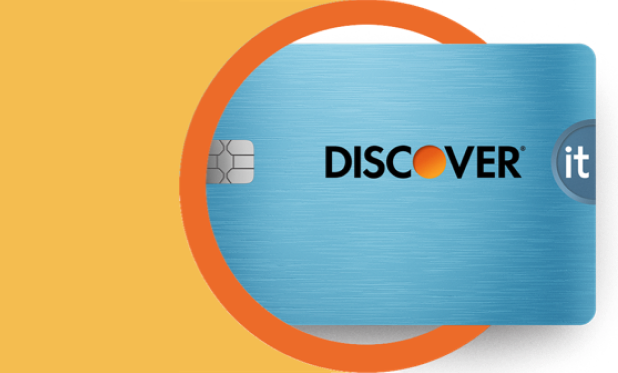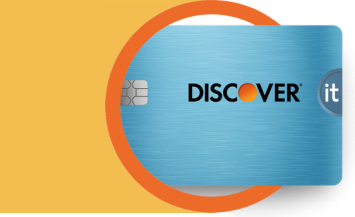Peer-to-peer payments, or P2P payments, are transactions used for anything from splitting a dinner bill between friends to paying your rent. These payments allow the transfer of funds between two parties using individual banking accounts, credit cards, or debit cards through a website platform or mobile app.
The most common peer-to-peer apps include: Cash App, PayPal, Venmo, and Zelle®.







